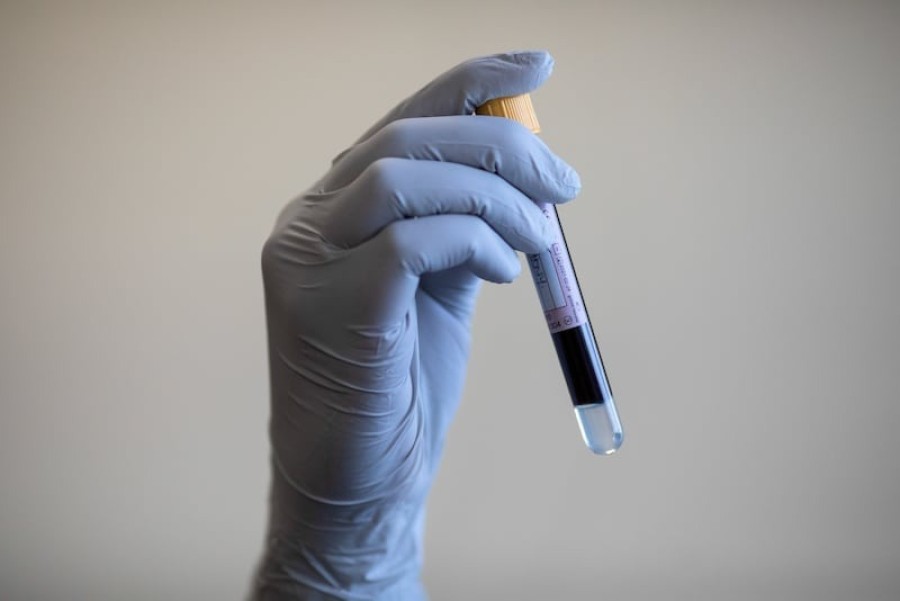'Digital twins' of cancer patients created to test treatments

Researchers have developed a way to test drugs on “digital twins” of cancer patients, allowing them to accurately predict which treatments will work best to shrink tumours. The technology, called FarrSight-Twin, uses algorithms previously developed by astrophysicists to map out black holes.
It will allow researchers to simulate patient trials at a much earlier stage in drug development, and re-run the simulation multiple times to test different scenarios and maximise the likelihood of success.
The research was presented by Dr Uzma Asghar, a consultant medical oncologist working at the Royal Marsden NHS Foundation Trust in London.
“A digital twin is a virtual replication of a cancer patient and their tumour. It generates probability of predicted response to cancer treatment,” she said. Clinical information and DNA
“The more data the model sees, the better it will be at characterising an individual patient and using their biology to predict treatment responses to chemotherapy,” Dr Asghar said. “This technology is currently being tested in clinical trials, so it is not ready for the clinic just yet. It will be a few years before it is routinely available.”
The new research could predict which trials were more likely to be successful at an earlier stage. PA
Testing showed that up to 75 per cent of patients who had been examined using the FarrSight-Twin treatment were responsive to treatment, compared to 53 per cent response of patients who had not.
Dr Ashgar said researchers used a Bayesian statistical approach to generate predictions about treatment responses. The data had been adapted from cosmologists in the UK who use this approach to study black holes. This key feature of Bayesian statistical approach which makes it important is that the model deals better with uncertainty.
Billions are spent each year on clinical trials with many turning out to be unsuccessful. The data gleaned from the digital twin trials could more accurately predict which drugs are more likely to be successful.
The research was on phase II or III trials that compared two different drug therapies, including anthracyclines, taxanes, platinum-based drugs, capecitabine and hormone treatments.
Dr Asghar said: “We are excited to apply this type of technology by simulating clinical trials across different tumour types to predict patients’ response to different chemotherapies, and the results are encouraging.
The approach could be used by cancer researchers to run virtual clinical trials before testing new treatments on patients, greatly speeding up available treatments.
It could also be used alongside clinical trials with a digital twin for each patient taking part to form a control group. Ultimately, it might mean that patients could have different treatments tested on their digital twin to help select the most suitable treatment ahead of time.
“We are currently developing this technology so that it can predict treatment response for individual patients in the clinic and help doctors understand which chemotherapy will or will not be helpful, and this work is ongoing,” added Dr Asghar.
